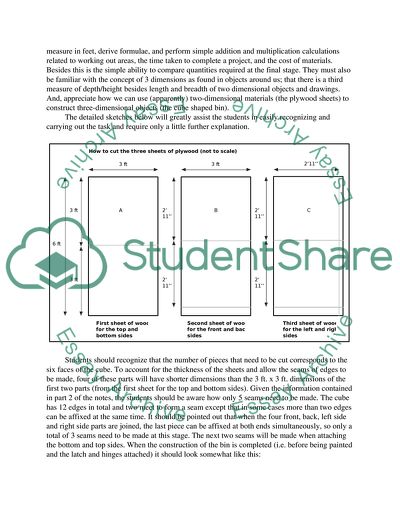Concept of surface area of a cube Essay Example | Topics and Well Written Essays - 500 words. Retrieved from https://studentshare.org/miscellaneous/1549765-concept-of-surface-area-of-a-cube
Concept of Surface Area of a Cube Essay Example | Topics and Well Written Essays - 500 Words. https://studentshare.org/miscellaneous/1549765-concept-of-surface-area-of-a-cube.


